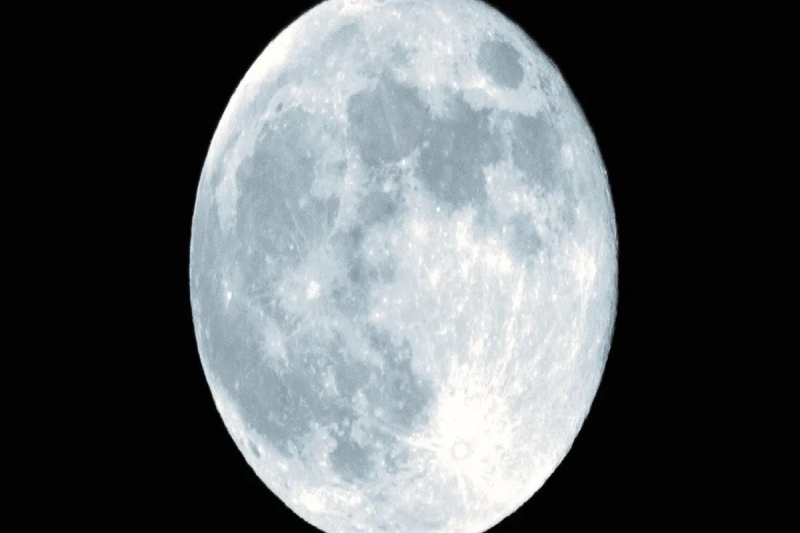On Friday, the CEO of the US space corporation, whose lunar lander failed to reach the Moon this week, expressed hope that the next effort will succeed.
“I am more confident than ever now that our next mission will be successful and land on the surface of the Moon,” Astrobotic CEO John Thornton told a news conference, highlighting challenges his team had overcome in the
“unexpected but very exciting mission.”
In an experimental new collaboration between the US space agency NASA and the commercial sector, Astrobotic’s Peregrine lander was launched on January 8 with the goal of saving expenses for US taxpayers and establishing a lunar economy.
However, the lander was leaking fuel due to an explosion that happened soon after it separated from its rocket, destroying its outer shell and preventing it from reaching its goal.
Thornton described the situation as “difficult,” adding that a thorough investigation would be conducted and that the issue most likely originated from a malfunctioning valve.
Still, he was optimistic about the mission.
“After that anomaly we just had victory after victory after victory, showing the spacecraft was working in space, showing that the payloads can operate,” he remarked, alluding to the data-gathering scientific experiments conducted on board, mostly by NASA.
As the damaged Peregrine lander crashed back to Earth, Thornton claimed to have “independent confirmation” that it had burned up in the atmosphere.
NASA’s rover will be transported by Astrobotic on its upcoming November trip to the Moon’s South Pole, a location that US astronauts will likely visit in the near future.
The goal of the Viper rover is to discover more about the distribution and origin of water (in the form of ice) and how it might be utilized in future expeditions.
Astrobotic’s Griffin lander, which is almost three times larger than the tragic Peregrine, will carry Viper to the moon.
“Very sophisticated and costly,” is how senior NASA official Joel Kearns described the Viper. “So we want to make sure we really understand the root cause and the contributing factors of what happened on Peregrine.”
“If we have to modify our plans for Griffin… we will,” he stated.
In order to transport its scientific instruments to the Moon as part of the Commercial Lunar Payload Services (CLPS) program, NASA paid Astrobotic around $100 million. Later this decade, NASA will use the Artemis program to return American astronauts to the arid planet.
NASA officials have said unequivocally that “more shots on goal” equates to greater opportunities for goals. Intuitive Machines, based in Houston, will make its next effort under CLPS in February.





